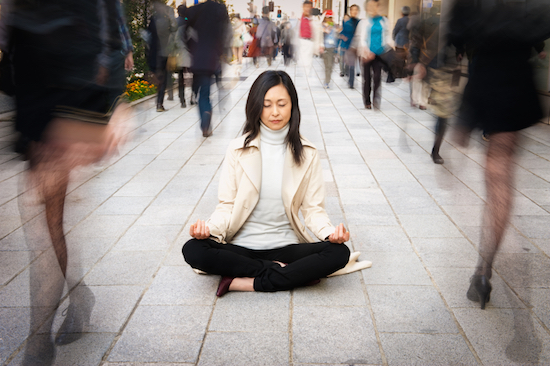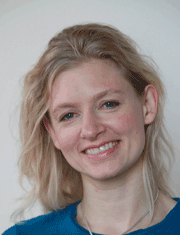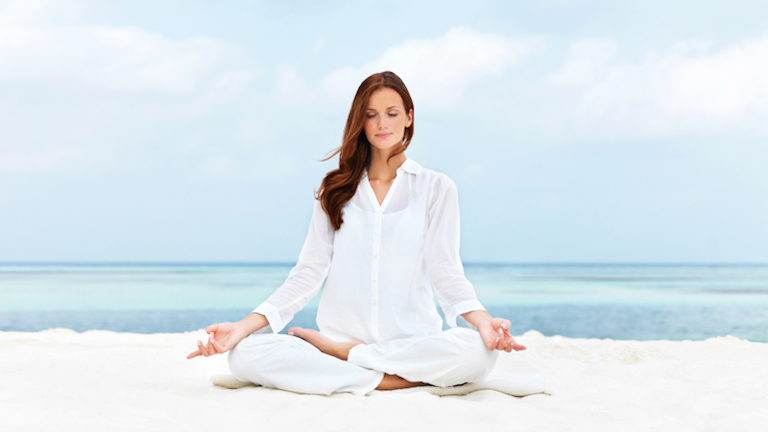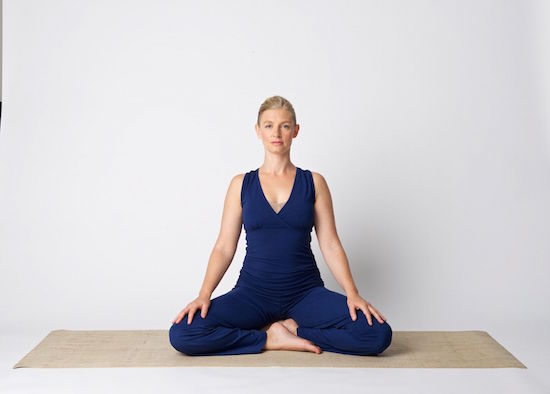Want to know how to meditate even if you’re a beginner? Calmista blogger Charlotte Watts’ new audio series How to Meditate – exclusive to Healthista – will help you develop your own meditation practice in four weeks
Welcome to this four week series, designed to help you explore and develop a regular meditation practice. If you’ve heard lots about the benefits of meditation, but felt a bit trepidatious about starting, this series is for you. You will be given an audio mediation each week to guide and support you.
You will be given an audio mediation each week to guide and support you.
What is meditation?
Although meditation is often most associated with Eastern religions, it has been practiced throughout most cultures in some form; as prayer, contemplation or even time spent in nature. It is a natural state for the mind and we visit this altered state of consciousness often without realising, when time passes quickly and we feel connected to the world around us. Maybe you’ve noticed that, when something like a view or a feeling held your awareness, whilst your brain went into a natural rest – staring out of a window or walking through a park. This is part of the brain’s natural cycles, allowing it to form memories, create new pathways and cultivate new habits.
Meditation means being open to finding peace, quiet and being with the feelings that arise when we step away from letting our busy minds run the show
Meditating formally is to create these moments and learn to stay with them with awareness. There are many different types of meditation practice and that means many different routes towards its aim, which is simply put, to train the mind to allow complete focus, consciousness and sustained attention.
Help to slow down
In this series we will explore four different ways to gather in our attention, building up time spent each week. The practices have been designed with our particular lives and tendencies in mind. We live in a world with high stimulation, noise and speed, often struggling to carve out the space and peace our minds and bodies need. We can be so praised and conditioned for doing more, achieving more and doing it faster, that to slow down, be quiet and still can often seem quite scary, but it is absolutely needed for energy, sanity and health. The meditation audios will guide you awareness in ways that help you become accustomed to simply being, a rest from all that constant doing.
The meditation audios will guide you awareness in ways that help you become accustomed to simply being, a rest from all that constant doing.

From chatter to calm

Meditation means being open to finding peace, quiet and being with the feelings that arise when we step away from letting our busy minds run the show. It’s certainly not always easy, but it is always of benefit. Many people take up meditation because it helps develop compassion, acceptance, relaxation and well-being. A regular practice seeps out into our lives to make us more resilient, tolerant and able to meet demands with more equanimity – grace under pressure.
meditation helps develop compassion, acceptance, relaxation and well-being as well as grace under pressure.
Meditation positions
It is common to meditate sitting up as this helps keep the feelings of ‘awake’ that we are looking to cultivate. However if you are not used to sitting or feel very tired, lying down is just as viable as long as you don’t feel you’ll drop off to sleep. You can sit cross-legged or with legs bent back (heels by hips) and supported onto cushions or yoga blocks to raise your hips above your knees. Sitting directly on the floor doesn’t tend to allow us to sit lifting up through the spine when we sit mostly on chairs, except in a rare few with very open hips. You can sit on a chair if your knees lift up high off the ground or if you have hip or knee issues or don’t sit on the floor often.
Little and often is better than a longer practice every so often
How often to practice
Consistency is the best guide to setting a practice that you’ll keep up and builds a constancy of focus that allows you to see that some days things just flow and some days they don’t – it just is what it is! – this is still of great benefit Little and often is better than a longer practice every so often, or the feeling that you’ve failed if intended to do it, but then can’t quite find the time.
Week 1 Guided Meditation: Mindfulness of Breathing
Mindfulness is a focus often used within meditation, we will be using it as our main angle throughout the series and I will explain more next week. It is the practice of experiencing the present moment with open-minded curiosity, with self-compassion and without self-judgement. Here we focus on the experience of the breath – listen on to find out how.
More lessons in Charlotte’s How To Meditate series
How to meditate for beginners – week 2
How to meditate for beginners – week 3
How to meditate for beginners – week 4
Read more posts by Calmista, Charlotte Watts

February 23, 2015
Like this article? Sign up to our newsletter to get more articles like this delivered straight to your inbox.






















































